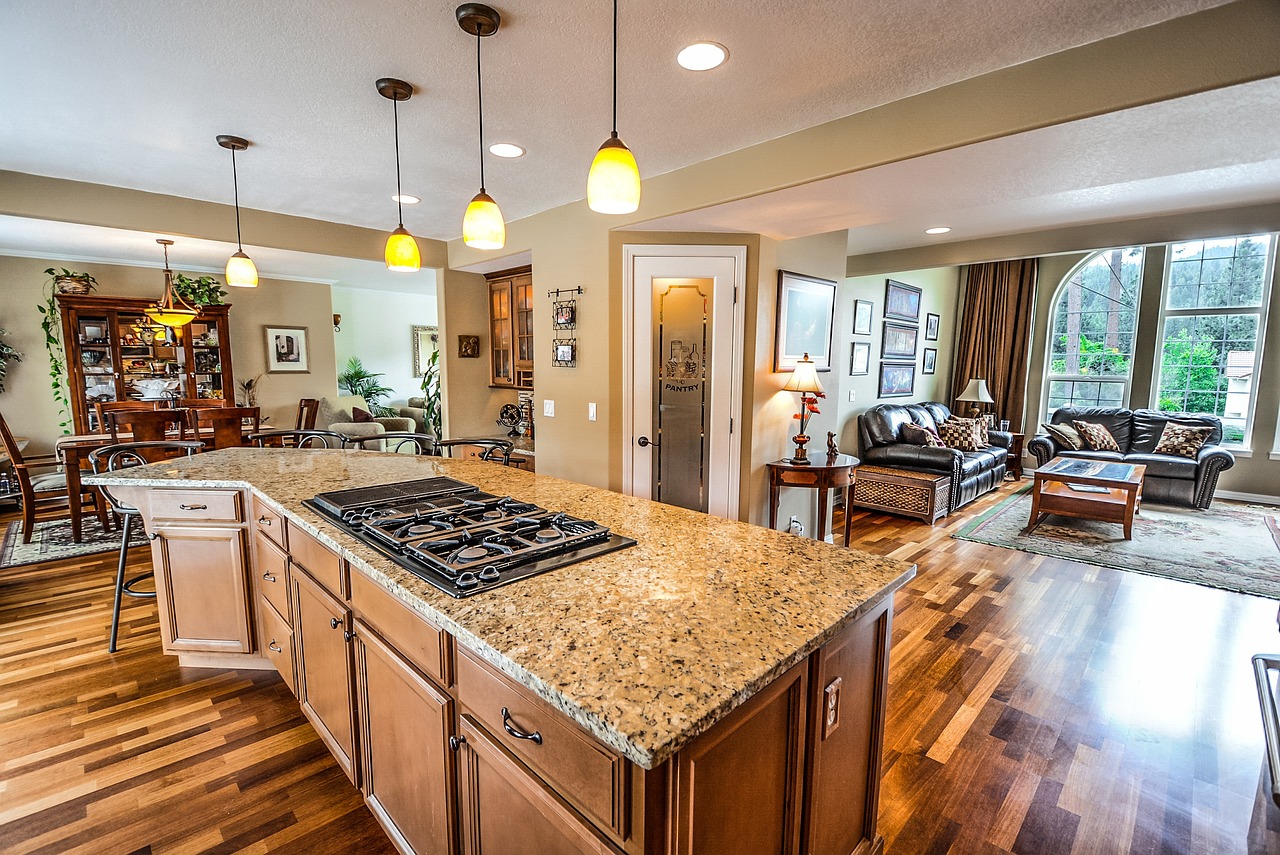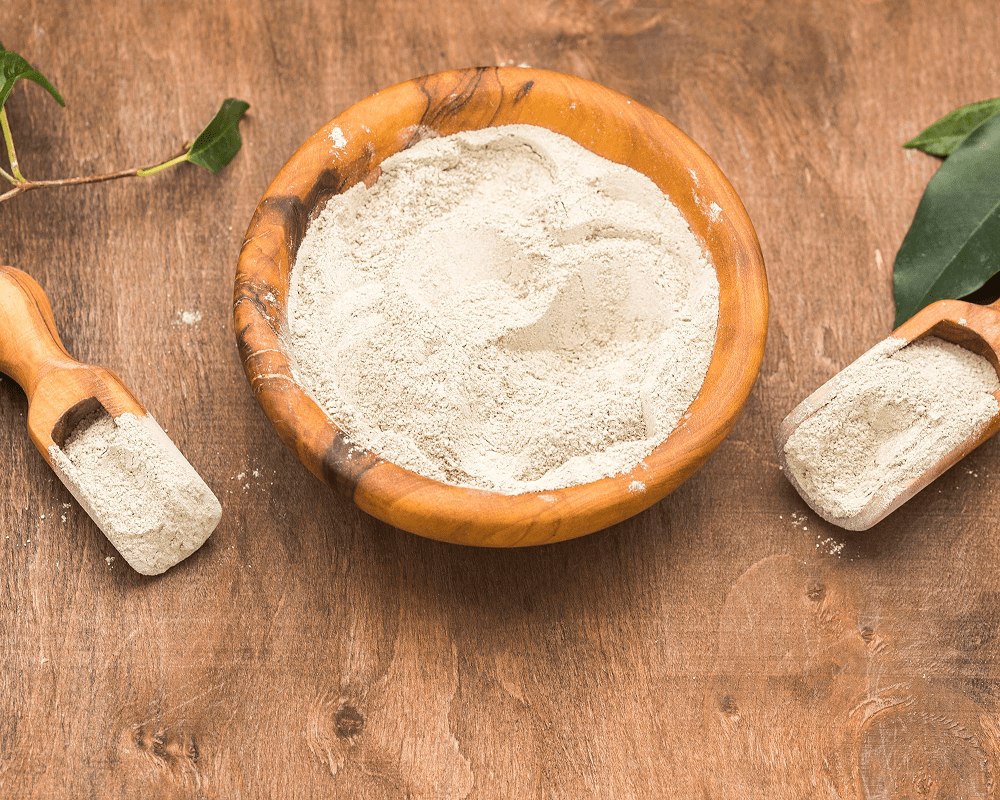Custom kitchen cabinets in Toronto offer a practical solution for homeowners seeking functionality and style tailored to their space. They are designed to fit specific kitchen layouts, maximizing storage while complementing the home’s overall aesthetic.
Choosing custom cabinets Toronto allows for personalized design options, higher quality materials, and better durability compared to standard, off-the-shelf units. This makes them a preferred choice for those who want their kitchen to reflect individual taste and meet unique needs.
In a city like Toronto, where home styles and kitchen sizes vary widely, custom cabinets provide the flexibility to adapt to different environments. They also often increase the home’s value by enhancing usability and visual appeal.
Custom Kitchen Cabinets in Toronto
Custom kitchen cabinets in Toronto offer tailored solutions that address space constraints, design preferences, and functional needs. The variety in styles, materials, and customization options allows homeowners to create kitchens that align precisely with their lifestyles and aesthetics.
Benefits of Custom Cabinetry
Custom cabinetry maximizes storage by fitting perfectly into unique kitchen layouts, including awkward corners and irregular spaces. It allows for ergonomic design, placing items within easy reach and optimizing cabinet depth and height.
Durability and quality often exceed that of stock cabinets due to the use of premium materials and craftsmanship. Custom cabinets can increase home value, appealing to buyers seeking personalized kitchen features.
Popular Styles and Materials
Toronto homeowners frequently choose shaker-style, modern flat-panel, or traditional raised-panel doors. Shaker cabinets offer clean lines and versatility.
Common materials include solid wood like maple, oak, and cherry, often paired with plywood boxes for durability. MDF with veneer finishes is popular for budget-conscious options without sacrificing appearance.
Finishes range from natural wood stains to painted surfaces in white, grey, or navy, allowing integration with various interior styles.
Customization Options
Customization involves choices in hardware, such as brushed nickel, matte black, or brass handles and knobs. Functional elements include pull-out spice racks, soft-close hinges, and built-in organizers for utensils and recycling bins.
Cabinet heights and depths can vary, with options for crown molding, glass inserts, and under-cabinet lighting. Color matching to countertops and backsplashes is common.
Toronto providers often offer 3D renderings to help visualize final designs before construction begins.
Project Timeline and Process
The process typically begins with a consultation to assess needs, style preferences, and kitchen measurements. Design and material selection follow, with 2 to 4 weeks needed for cabinet fabrication.
Installation usually takes 3 to 5 days, depending on project complexity. Timing can vary by supplier and workload, with factors like custom finishes or specialized hardware potentially extending schedules.
Clients receive a detailed timeline upfront to manage expectations and coordinate with other renovation elements.
Choosing the Right Custom Cabinet Maker
Selecting a cabinet maker involves evaluating their skill, past work, and pricing. Each factor plays a critical role in ensuring the final product meets expectations and suits the specific kitchen space.
Experience and Local Expertise
Experience matters when it comes to custom kitchen cabinets. A maker with years of practice understands material properties, joinery techniques, and finishes that stand up to Toronto’s climate.
Local knowledge adds value. Familiarity with regional styles and building codes ensures cabinets fit both aesthetically and functionally within Toronto homes.
Look for certifications or memberships in professional woodworking or cabinetry associations. These often indicate a commitment to industry standards and ongoing skill development.
Portfolio and Past Projects
Reviewing a cabinet maker’s portfolio provides insight into their design range and craftsmanship quality. Photos of completed kitchens reveal attention to detail and creative solutions for varied layouts.
Request references or testimonials to hear directly from former clients about reliability, communication, and post-installation service.
Pay attention to styles and materials shown. This helps determine if the maker can deliver the specific look and quality desired for a custom kitchen.
Cost Considerations
Pricing varies widely based on materials, design complexity, and labor. Get multiple quotes that clearly break down expenses like wood types, hardware, and finishes.
Beware of estimates that seem unusually low—they may compromise on quality or service.
Inquire about warranty coverage and post-installation support, as these affect long-term value beyond the initial cost.




Leave a Reply